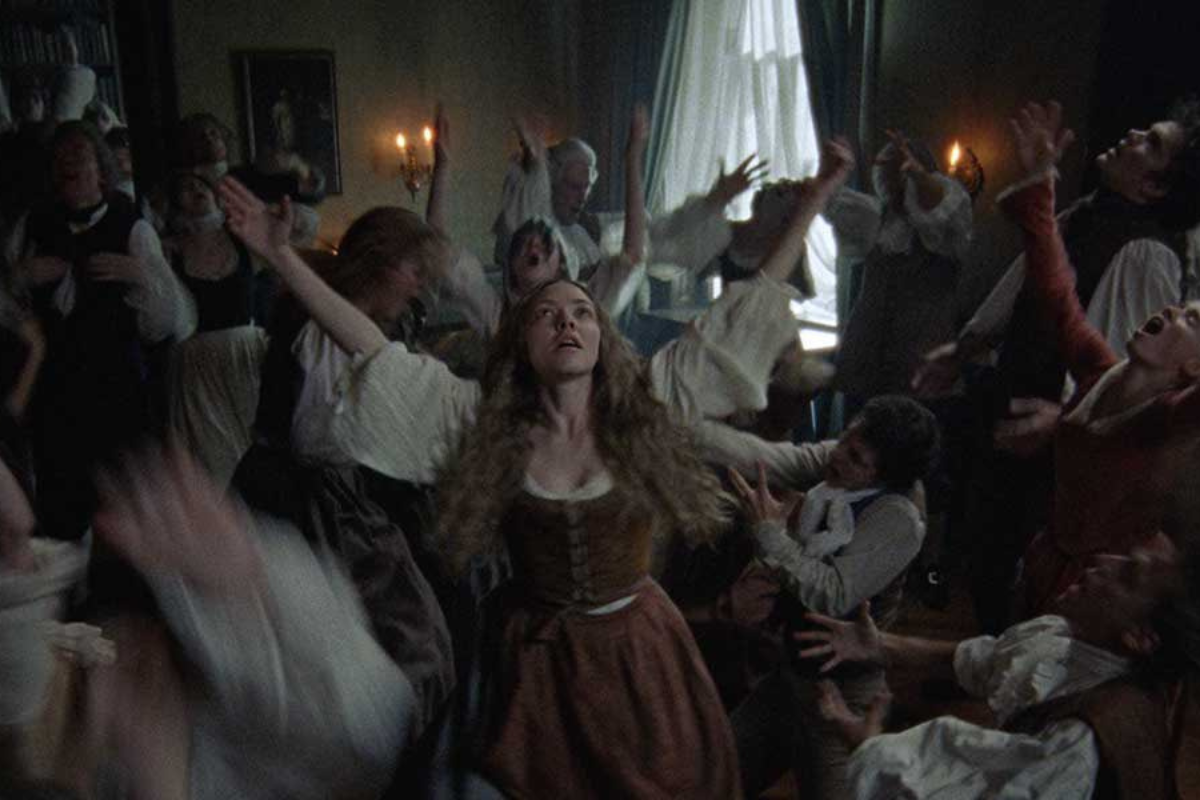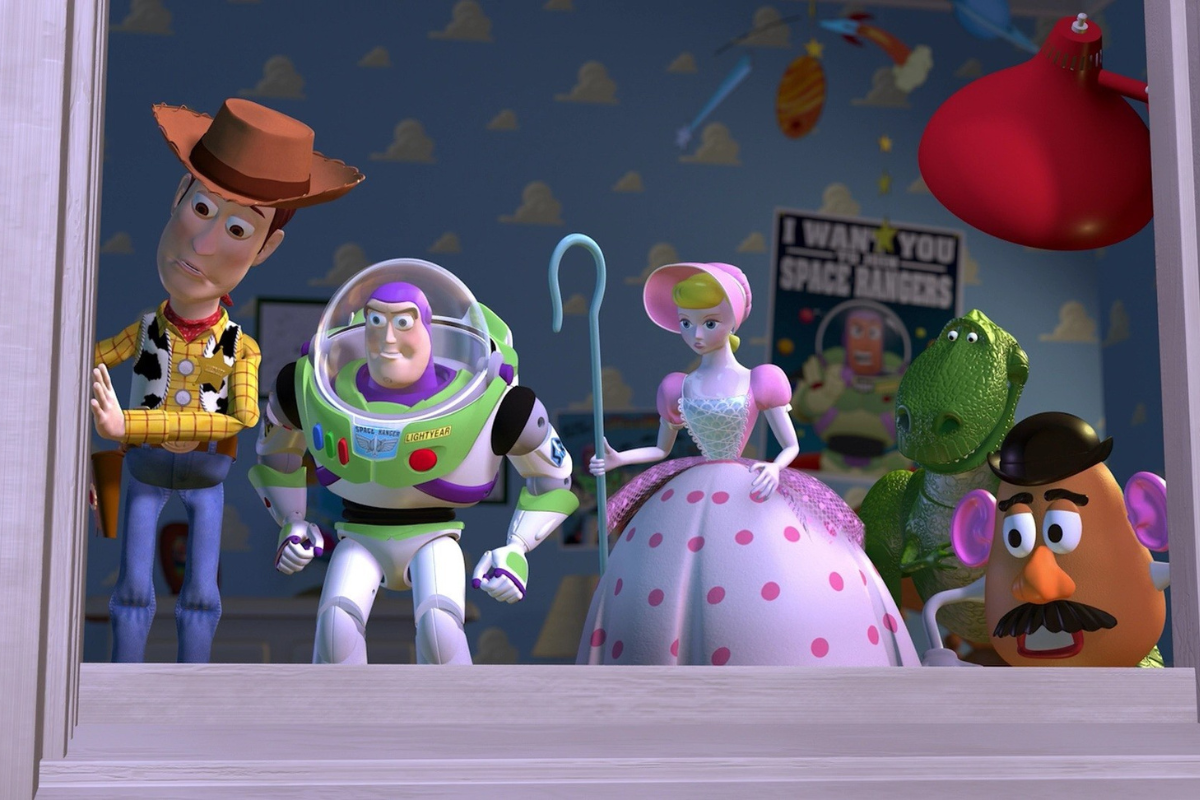Why Write for Kids?
The real question is… why not? In the early eighties and again in the nineties, there was a significant jump in the production of movies for children and families. These…
The real question is... why not?
In the early eighties and again in the nineties, there was a significant jump in the production of movies for children and families. These days, you can expect an average of about 25 Hollywood films to be categorized in this way. Hollywood releases around 600 films per annum, so we're only talking about five percent or so. But when you take a look at the specific titles, you'll notice that most of the family/kids films are recognizable, as opposed to probably half or more of the adult releases. So you're ignoring a thriving part of the market if you don't consider writing kids' and family movies.
On television, the landscape is somewhat different. There are only six principal outlets for kids' programming in the U.S. today: PBS, Nickelodeon, Disney, Sprout, the Hub, and Cartoon Network. There's a smattering of programs on other networks, but not many. There are also a few family-oriented channels, like ABC Family.
Compare this to the number of channels overall and you'll notice that kids are (we think) woefully underserved in the TV market. But when you look at how many hours an average child watches some sort of media each day, the picture changes. According to a 2010 Kaiser Family Foundation study, kids spend every waking moment of their lives (except during school) on some sort of electronic device--watching TV, online (which often means watching streaming video), on their cellphones. Writing for kids in any of these can have a real impact. And that's where the second argument for writing for kids comes in.
You can make a difference
Writing for children enables you to provide them with information and experiences that they will never forget. Think about your own movie-going lives. Chances are that "The Lion King" or "Avatar" (the original TV show, not the movie!) or other kid-friendly fare rank high in your memories and fill you full of nostalgia. There's a reason for this. If you grab us when we're young (and do it right), you've got us for life.
So how do you write for kids?
First of all, there are a few things you'll want to know about the nature of kids' entertainment.
Children's films are the same lengths as adult films...both on the big screen and on TV. On television, however, things are a bit different. These days, the TV kids' half-hour if often split into two parts. So rather than writing a complex A/B plotline, you'll find yourself focusing more on your A story. There's not that much time in an eleven or twelve minute script to flesh anything else out.
(Interestingly, this can be great practice for writing for adults online, where stories are often shorter, and for world markets, where format is often less rigorous than in the U.S.)
And there are no weekly hour-long children's dramas. There are, however, hour-long children's specials, usually held around the holidays and with holiday themes (think "Charlie Brown's Christmas").
The message, too, is probably a bit different. Often, children's programming centers around some sort of curriculum -- either affective (centered mostly around behavior, like learning to get along together) and more hard-core info (learning to read, math, etc.)
But in terms of the basics, there's virtually no difference at all.
Scriptwriting for kids, just like for any other audience, is based on the classic three-act plot structure. And just like any other script, a children's film or TV episode requires a good turning point to move the plot forward and steer it to fascinating places.
That's not to say there aren't things you should know.
A scriptwriter who wants to write for children must be familiar with the wants and needs of the target audience, their cognitive abilities, principles of humor for the very young, basics of writing for puppets and animation and more. It helps to be capable of conceiving exciting plots that speak to the hearts of children and to love the characters that children love: characters like princes and princesses, monsters, witches, fairies, talking animals and superheroes.
So... what do children want?
One thing many of them want is to grow up. Kids are eager to acquire the power they think adults have. In pursuit of this alluring goal, they are often attracted to heroes or superheroes, characters like Superman, Spiderman, WordGirl, or Jake of "Jake and the Neverland Pirates." Others find independence and mastery appealing, as exempified Dora the Explorer, Bob the Builder, the Power Pets, and Doc McStuffins.
But most of all, the writer needs to be able to create characters with pluck, wit, and passion... characters who want to move forward and reach goals, characters with real needs they must fulfill. Characters like Cookie Monster, with his enormous appetite for, of course, cookies; Simba, who needs to learn important lessons so he can grow up to be the leader of his pack; Belle, whose passions are reading and storytelling and who is braver than anyone else in France, including a massive beast and the self-centered Gaston; and Sid the Science Kid, full of enthusiasm, who is driven to learn about all things science.
And aren't those the kinds of characters you want to create anyway?
About the Authors:
Motti Aviram is considered a leading figure in the Israeli children's television industry. He has created a large share of Israel’s most successful and appreciated children’s TV series. For the past 25 years, he has collaborated with Sesame Workshop as the Head Director and Content Editor of Sesame Street shows in Israel and the Shalom Sesame series in New York (starring Sarah Jessica Parker, Jerry Stiller, Joan Rivers and many more). He also has been the Content Director of Hop TV (Israel’s leading pre-school TV channel), and established Subtext, a content company specializing in kids’ television shows. During the last five years, he has been a senior lecturer at Bezalel Academy of the Arts and Design, and at Israel’s School of Screenwriting. Currently, he is the Content Director and Head of Creative of Clasikaletet, a company specializing in production and distribution of home videos and books for children. He also is in preproduction for a new full-length 3D CGI children’s adventure film titled, The Lion Who Loved Strawberries.
After beginning her career at the National Lampoon magazine as senior copy editor, multiple Emmy-Award winner Louise A. Gikow began working for kids at the Jim Henson Company, first as managing editor of Muppet Magazine and then as Editor in Chief at the Jim Henson Company itself, where she also consulted with Jim Henson on a variety of projects. She then moved to Nickelodeon, where she began the now-thriving publishing and multimedia divisions. In 2005, she began working at Sirius Thinking, Ltd., with Christopher Cerf, Norman Stiles, and Michael Frith on the award-winning “Between the Lions” PBS-Kids literacy show. There, she was also involved in the funding and creation of the music education show “Lomax: The Hound of Music.” Gikow went on to co-create and head-write Disney Playhouse’s “Johnny and the Sprites” as well as the online kids’ language-instruction series on PBS-Kids GO!, which was just nominated for an Emmy. She has written two sky shows for the Rose Planetarium at the American Museum of Natural History in New York as well as over 150 books, songs, and TV and online scripts for kids of all ages. She is also the author of Sesame Street:A Celebration of 40 Years of Life on the Street.
Articles You Might Enjoy:
Top screenwriting and film publication, founded in 1989, published by Active Interest Media. Twitter: @scriptmag







